X
wikiHow is a “wiki,” similar to Wikipedia, which means that many of our articles are co-written by multiple authors. To create this article, 28 people, some anonymous, worked to edit and improve it over time.
This article has been viewed 44,919 times.
Learn more...
Choosing a Pharmacy is a very important decision in today’s prescription drug driven society. There are many things to consider when choosing a pharmacy to make sure that you are getting the best price and the best service to fit your needs.
Steps
-
1Check for availability. One of the most important factors to consider when choosing a pharmacy is availability. This includes two aspects.
- Location: You want to make sure that the pharmacy is close to where you live or work. When you’re sick you don’t want to have to trek across town to get your medications.
- Pharmacy hours: Also you want to make sure that the pharmacy has decent hours of operation. You don’t need a 24 hour pharmacy, but you want to make sure that the pharmacy is at least open 8am to 7pm during the week. On the weekends hours are not as important considering doctor’s offices will not be open so you won’t be receiving new prescriptions.
-
2Insurance:
- Regular Prescription Insurance: You want to make sure that the pharmacy you choose accepts a lot of insurance plans, and most importantly, the insurance plan that you currently have. Insurance plans change regularly so if your pharmacy accepts most insurance plans you won’t have to worry about changing pharmacies if your insurance changes
- Medicare Part D: If you are a Medicare recipient you want to make sure that the pharmacy accepts ALL Medicare Part D plans. As a Medicare Part D patient, sometimes one plan becomes cheaper than another. You want to make sure that if you change plans you won’t have to change pharmacies. You can refer to http://www.medicare.gov for more information.
Advertisement -
3No Insurance:
- Shop Around: If you don’t have any prescription drug insurance, then you want to shop around for best price. Walmart recently released a list of generic drugs that they offer at $4 for a 30 day supply.
- Price Matching: Some pharmacies such as ShopKo pharmacy, are matching these prices, so you don’t necessarily have to go to Walmart to get these prices. If the prescription you are currently on does not have a generic or the generic isn’t on the $4 list, then you will want to call different pharmacies in your town to find the lowest price. You can also ask if the pharmacy will price match. This can be a plus if one pharmacy offers the lowest price on one of your prescriptions but not the lowest price on another. If that pharmacy will match the price of another pharmacy, then you won’t have to go to two different pharmacies.
-
4See if they comply with HIPAA. The Health Insurance Portability and Accountability Act (usually referred to as HIPAA) was passed by congress in 2003. It deals with patient rights. When choosing a pharmacy, make sure that they comply with the current HIPAA laws. Most pharmacies will have a sign posted about private consultations and a patient’s right to privacy. Make sure that your pharmacy has a private consult area. This will ensure that when you need an “embarrassing” prescription the pharmacist will be able to give you a private consultation. To learn more about HIPAA visit the Health Informarion Privacy Site.
-
5Ask if they provide over-the-counter products. It is handy when your pharmacy also carries over the counter (OTC) products such as Tylenol or Sudafed. When your sick and the pharmacist suggests that along with your prescription, Tylenol can help your sore throat, you don’t want to have to drive to another store to have to get it.
-
6See if they provide friendly and personal service. Just like when choosing a grocery store, you want good customer service. The same goes for a pharmacy. You want a pharmacy that will call your insurance company if there is a problem. You want a pharmacy that will work with your doctor on dosing and refill issues. Also, knowing the name of at least one of your pharmacists is always a good thing. It is nice to have someone to ask health questions without having to go to a doctor.
-
7Find out if they have a large inventory. The pharmacy that you choose should have a good sized inventory. Smaller inventory pharmacies often have run out of drugs and this causes the patient to have to wait a day or two to get your prescription while they order it. Or you will have to go to another pharmacy that has your prescribed drug in stock. Every pharmacy cannot guarantee that they will have your prescribed drug 100% of the time, but if they have a large inventory, the odds are pretty good that they will have it in stock.
Advertisement
About This Article
Advertisement



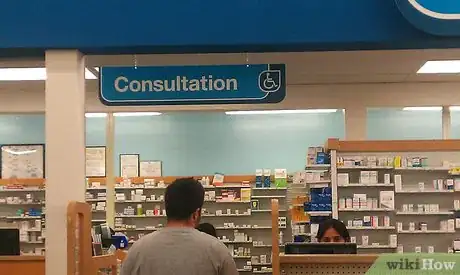

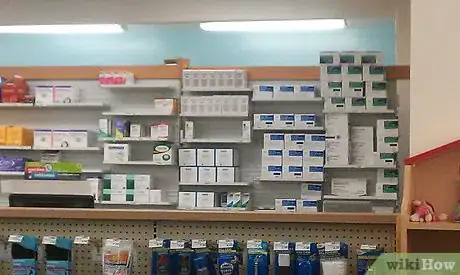


-Step-12.webp)
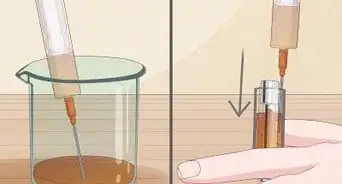
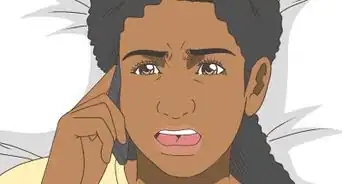






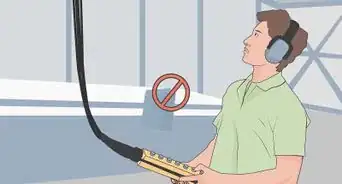









-Step-12.webp)
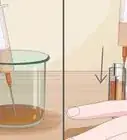



































Medical Disclaimer
The content of this article is not intended to be a substitute for professional medical advice, examination, diagnosis, or treatment. You should always contact your doctor or other qualified healthcare professional before starting, changing, or stopping any kind of health treatment.
Read More...